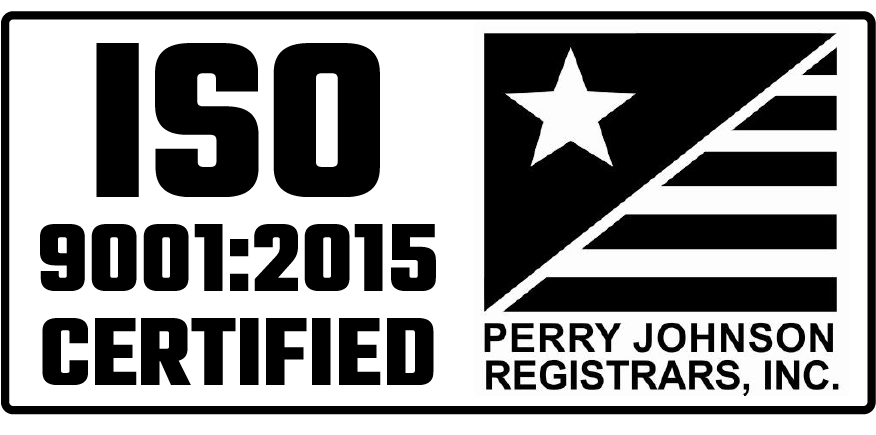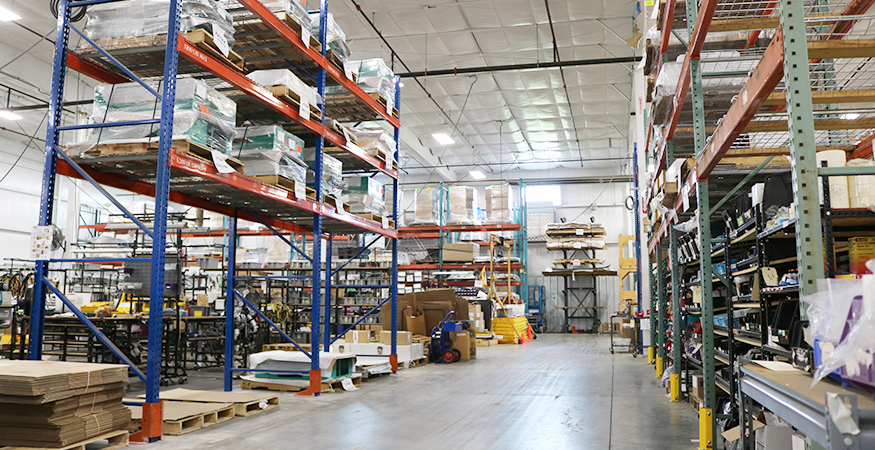It’s not uncommon for companies to be presented with unexpected opportunities to grow rapidly. Maybe a customer has come to you and asked you to ramp up your production line quickly — it’s a great opportunity you want to take, but rapid growth comes with many questions you’ll have to tackle first.
- Do you have enough people to ramp up?
- Do you have the capital, equipment, and facilities to support that growth?
- Do the people on your team have the necessary skill sets to meet the need?
Some companies choose to face the growth by scaling their businesses, keeping their processes the same and just trying to increase the volume. But there comes a point where the processes they’ve used to get started don’t scale as well, and they have to look at other options.
One option is contract manufacturing – allowing another reputable manufacturer build your subassemblies or products in their facility. By outsourcing some work, you can redeploy your workforce to your main line to help get more products down the line. Some contract manufacturing partners will also offer design help to ensure your design is highly manufacturable, which can help reduce costs. Having someone else build your subassemblies can also reduce (or eliminate) the need to build on to your facility or lease extra space.
Up front, you may look at it and ask, “Well, won’t I give up some margin if I contract this work out?” But, in the long run, turning to a contract manufacturer during a time of rapid growth can help you grow your revenue, meet or exceed your customers’ needs, and avoid deploying capital in more equipment, facilities, and hiring more people. And, perhaps, through that process your contract manufacturing partner has done some engineering to reduce manufacturing costs.
You can learn more about contract manufacturing and whether or not it could help your organization by reading our Beginner’s Guide to Contract Manufacturing. Click the button below to access your copy today.





